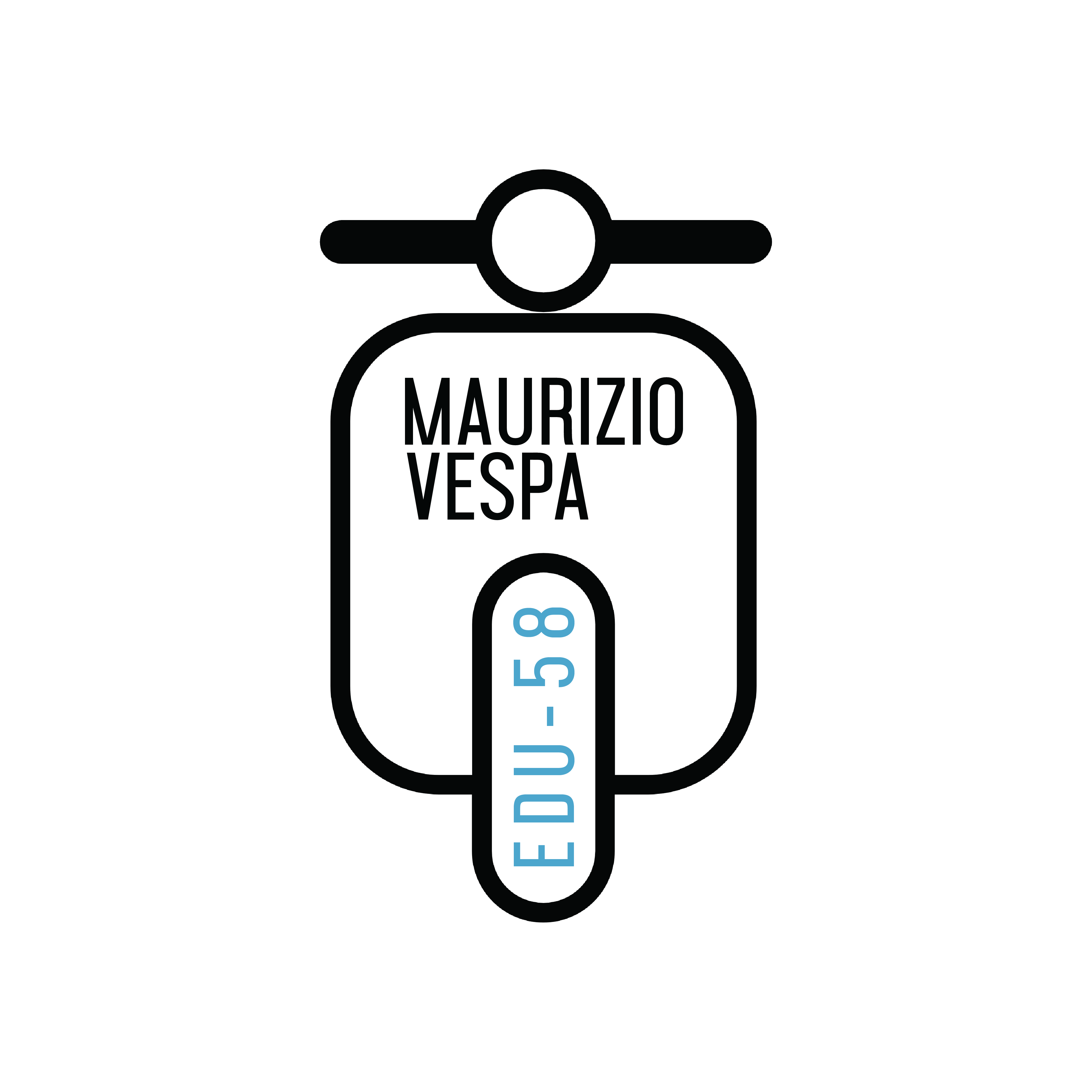I am sure we have all read and heard about a child’s FIGHT, FLIGHT and FREEZE responses. However, we do not hear as much being discussed about how we continue to experience these behaviours into our adult years.
In the late 1960’s, Dr Silvan Tomkins shared his “Affect Theory” research with the world. For those who may not be aware, we all poses an “Affect System” that gets triggered when the spotlight is placed on us, so allow me to briefly share an insight into what is our “Affect System”, and the connection with Fight, Flight and Freeze modalities.
The “Affect System” is triggered when a person is stimulated by something that is received via the senses. The stimulus can be positive, negative or a neutral one. However, once our affect system is aroused, we may respond positively, which may give rise to pleasure or fun, in a negative way, which may stir up shame or anger and in a neutral way, which may show itself in the form of a shock or a startle. The shock and startle response, is a brief pause in time where it is hard to think or make sense of things. It lasts a few seconds generally until cognition is regained.
The “Affect System” when triggered creates a physiological change in the human body, such as a smile, rolling of the eyes, blushing etc. This is also accompanied by a feeling and when the two interact, we feel an emotion, like anger, fear, joy, excitement or just uncertainty.
This “Affect System” is interconnected to our FIGHT, FLIGHT, and FREEZE behaviour.
When a child is placed in the spotlight for having done something wrong, their “affect system” gets triggered. They will feel uncomfortable, and yet smile, or turn their heads, eyes and look away etc. (their physiological response). However, the adult will usually respond by saying ” look at me” or “you need to take this seriously, so stop smiling”.
If the child feels that their relationship with the adult is not a safe and positive one, the child may engage in a “Power Battle” with the adult. That is, the child will argue, deny, or participate in a blame game. This is the “FIGHT” response of the child.
The adult can also goes into FIGHT mode, especially when they believe they are losing control and power, so to regain the upper hand, the adult usually reverts to their “safety mode” and takes up a position of “Power Over”, by raising their voice, or implementing a punitive intervention. However, it is quite common for adults before they go into Fight mode to experience the FREEZE!!!!
The Freeze response may not be as obvious to some but it happens when the adult is confronted with a situation that requires management, and for a moment are uncertain how to deal with it. There is often some internal thinking that takes place for them. Used wisely, it can be of benefit to all but when rushed, it can have damaging outcomes. For instance, if a child says something rude and offensive to the adult, the adult is shocked, “FREEZES”, gets angry and the emotional energy surges quickly, so that the response is a statement that is intimidating, and aggressive. It may even contain judgemental, and stigmatising language. Then it is followed by a punitive action because it helps the adult feel as though they have regained the Power status back to the “FIGHT” response.
The “Freeze” response can be useful to the adult, when managed effectively. If the adult is uncertain about what to do, take that moment to reflect, a statement can be delivered with honesty and dignity that addresses the affect of the comment on the person. Then redirect the child onto something else and find the time later to address it properly. Once the adult has had the time to think about what needs to happen and reflects calmly on a way of managing the situation with the child being allowed to do the same, the prospect of coming up with a more positive outcome is enhanced.
For the child, the FREEZE response will take the form of silence or denial and reluctance to engage. This will often enrage and frustrate the adult. Again, take the time to be “with” and “in the silence” and to think of a statement that will disapprove of what has happened or the behaviour and move on to something else, so that the and space time can be used to reflect and address the situation with clarity.
The “FLIGHT” mode for a child can be instantaneous, especially if the child is fearful of what is going to happen to them. They will often run when they feel guilty and when they know that they have done something hurtful. The child may run when they do not have a great relationship with the adult. The feeling of not being safe or in a safe place with the adult can trigger “FLIGHT” responses from children. So, the first thing is not to run after them, let them settle and calm down, then find the best time to interact with them. Again, use language that is respectful, and a tone that feels safe, calming and yet assertive. For the adult the “FLIGHT” response can be to pass the problem onto someone else, which tends to happen in schools and in the home. In the home, one parent passes the problem onto the other. Neither of these behaviours are helpful because it disempowers one and makes the other responsible. The same applies in schools when one teacher refers the problem onto another. Sadly, that person experiences ,the damed if they do, and damed if they don’t reactions.
While, FLIGHT, FIGHT and FREEZE modalities are a natural part of human behaviour, being aware of these in our actions and responses can help us to manage situations more effectively when we see it being played out in children or other adults.


Recent Comments